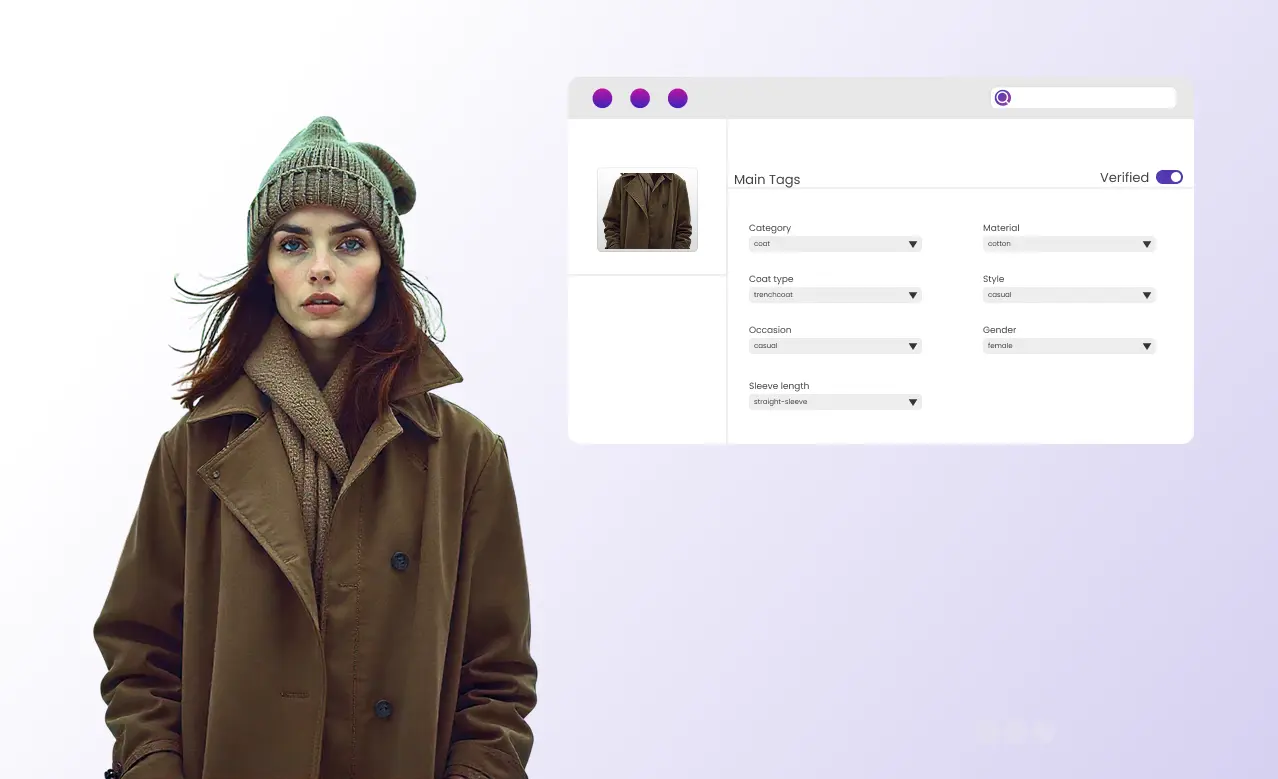Inside the Fashion Supply Chain: What November’s Trade Fairs Could Reveal

Ever wondered what really happens behind the runway? Before that “it” jacket hits your Instagram feed, it’s passed through a global web of factories, data systems, logistics hubs, and algorithms. And this November, the world’s top fashion trade fairs are about to pull back the curtain on just how fast and how smart that web is becoming.
The buzz? AI in the fashion supply chain isn’t just an upgrade, it’s a revolution. According to recent data, investments in this area are soaring from $1.26 billion in 2024 to $1.77 billion in 2025. From visual product intelligence tools that recognize every hemline and hue to supply chain digitization platforms tracking fabrics from field to fitting room, tech is redefining how fashion moves, literally.
Across luxury labels and fast-fashion giants alike, one message rings clear: early adopters of digital supply chain solutions are winning. They launch faster, waste less, and deliver more consistent, transparent, and personalized experiences to customers.
AI: The New Power Player in Fashion’s Workflow
Think of AI as the ultimate backstage assistant, fast, accurate, and tireless. It’s automating data entry, enriching product content, and creating visual consistency across massive catalogs.
Here’s what that means in practice:
- A merchandising team no longer spends two days manually tagging product images. AI does it in two minutes.
- A content specialist doesn’t have to double-check 300 size charts, AI ensures every dimension is correct and consistent.
- A global brand can now launch seasonal drops simultaneously in Paris, Tokyo, and LA, with localized descriptions and perfectly color-matched visuals.
No more mismatched hues between the website and the store shelf. No more confusing titles or duplicate attributes. Instead, digitizing product visuals across the supply chain keeps every team, from eCommerce to logistics, speaking the same visual language.
That’s the secret to scalability: automation that frees humans for creativity instead of copy-pasting SKUs.
Traceability Meets Transparency
Sustainability has gone from buzzword to baseline, and traceability in fashion is leading that charge. November’s trade fairs are expected to spotlight digital systems that trace materials from origin to outfit, offering a 360° view of the product journey.
Picture this:
- A sustainability officer can instantly see if the cotton in a shirt came from a certified organic farm.
- A supply chain director gets a real-time alert when production delays hit a key factory.
- A customer scans a QR code and learns the exact route their denim took before landing in their hands.
That’s supply chain digitization in action, giving brands a live dashboard of environmental impact, ethical compliance, and supplier performance. It’s data with a conscience.
Trade Fair Insights into Fashion Tech Adoption
So, what can we expect from fashion trade fairs this November? Based on early exhibitor lineups, here’s what’s making headlines:
- Automated data creation: AI tools that write, tag, and categorize product info at scale.
- Better discoverability: Rich, AI-generated data that helps customers filter and find products faster.
- Consistent visuals everywhere: Automated styling and color checks ensure that what shoppers see online matches what arrives in the box.
- Speedy product launches: Faster updates mean brands can drop limited editions before the trend fades.
- Localization without the headache: Automated translations and metadata adapt products for global markets in seconds.
Simply put, AI is transforming fashion supply chains from reactive to predictive. Brands no longer wait for delays to happen, they forecast them, fix them, and keep the runway rolling.
The ROI of Going Digital
All this tech isn’t just shiny software. It’s serious business ROI. Companies that embrace automation and visual product intelligence report:
- Up to 40% faster time-to-market for new collections.
- 30% fewer returns, thanks to more accurate descriptions and images.
- Higher SEO visibility, because AI-generated product data plays nice with search engines.
- Lower operational costs, as repetitive manual work drops dramatically.
For eCommerce directors, content managers, and product data teams, this means less burnout and more brain space for strategy.
The Future: Visually Intelligent, Fully Connected, and AI-Driven
By the time November’s fashion trade fairs wrap up, one thing will be clear: the future of the fashion supply chain is not just automated, it’s intelligent.
Brands that embrace AI in the fashion supply chain will enjoy smarter traceability, faster global expansion, and visually consistent catalogs that convert. Those that don’t risk getting left behind in yesterday’s trends (and spreadsheets).
At the forefront of this transformation is Pixyle.ai, helping brands digitize their catalogs, standardize visuals, and build reliable traceability, from raw material to retail floor. With AI doing the heavy lifting, fashion teams can focus on what they do best: designing, storytelling, and setting trends, not chasing spreadsheets.
Because in 2025 and beyond, fashion’s real runway isn’t a stage, it’s the supply chain.
Discover Pixyle Ultimate Dress type Taxonomy Guide
Learn how to structure your catalog in a way that matches how people actually shop.


Boost your sales with AI product tagging
Optimize your eCommerce catalog to improve discovery and conversions.






